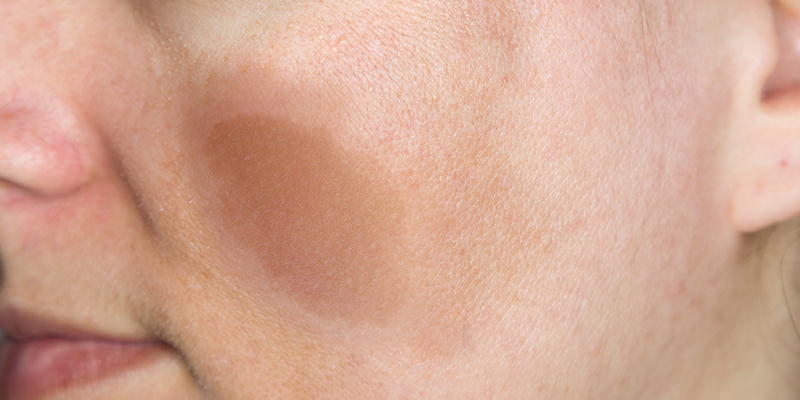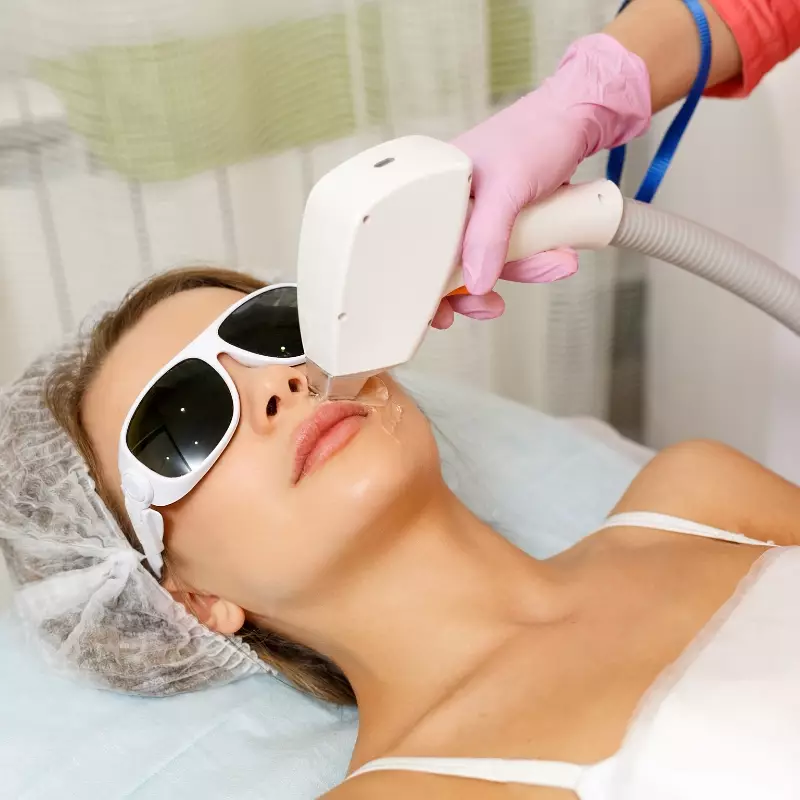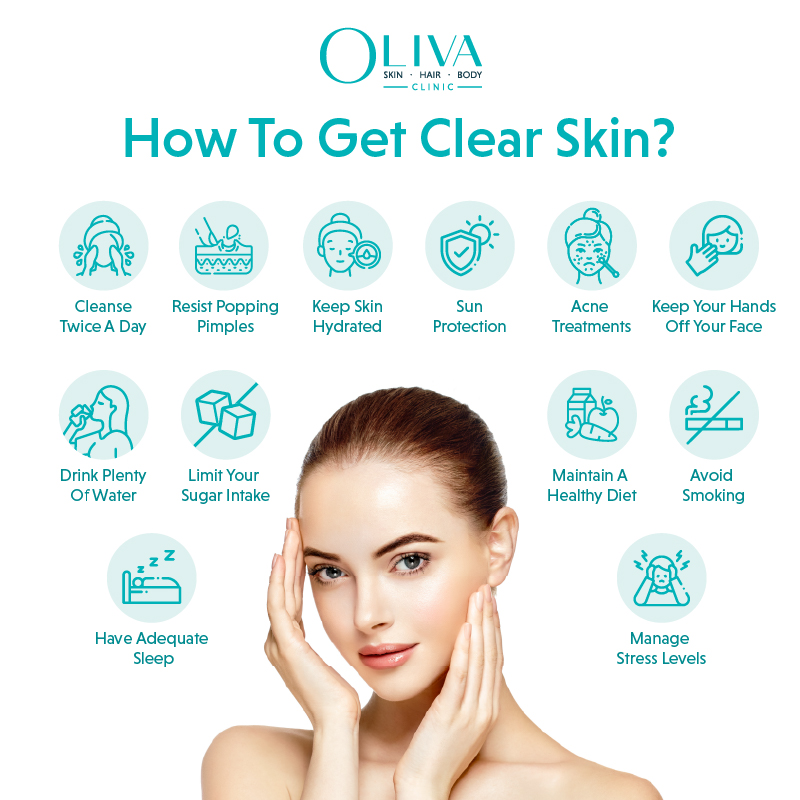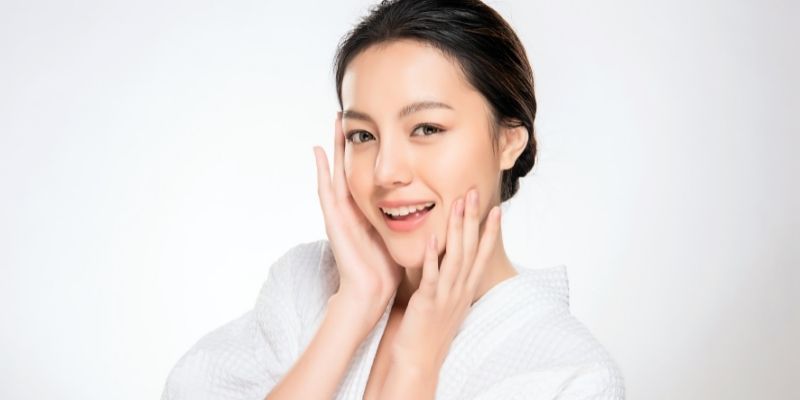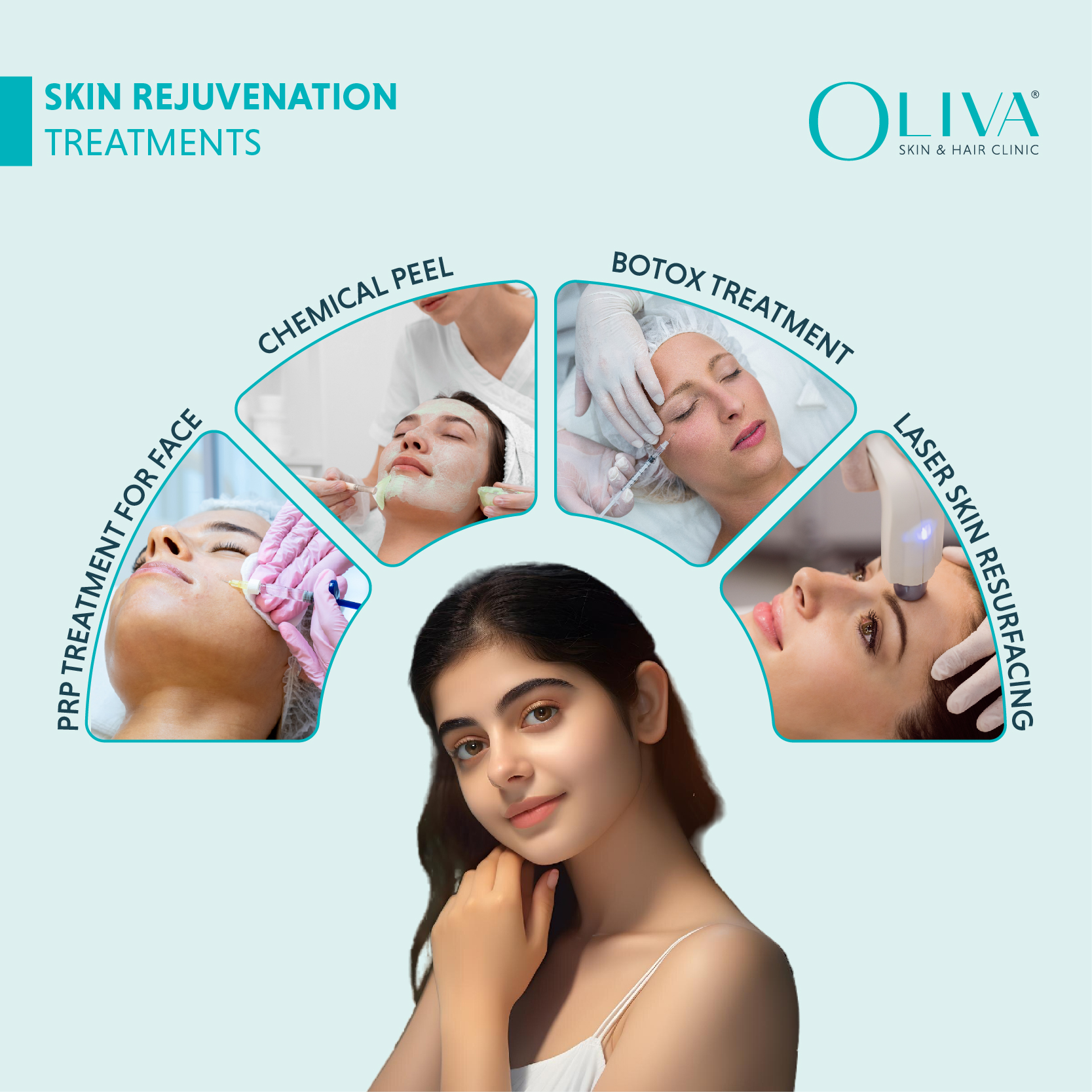What Are Café Au Lait Spots And How To Treat Them?
The term café au lait spots or café au lait macules (CALM) derives its origin from the French word ‘café au lait’ meaning ‘coffee with milk’ referring to their light brown colour. These pigmentary spots have an irregular shape and may become a cause of concern if left untreated. Read this article to know more about the causes, symptoms and treatment options of Cafe Au Lait spots.
What Are Café Au Lait Spots?
Café au lait spots are flat or round pigmented birthmarks that may have irregular or smooth borders. These pigmentary marks are usually present at birth, but they may increase or decrease in size as we grow. They may also vary in colour and can become darker with sun exposure. If these spots increase in number or size, you may require medical attention.
Also Read: How To Treat Skin Pigmentation?
• Cafe Au Lait Spots In Babies & Children
Café au lait spots are common in both babies and children and develop anywhere on the body but mostly on the torso. These pigmentary spots can change in colour and size over the years. In the newborns, they are usually faint and become more noticeable as the baby grows.
• Cafe Au Lait Spots In Adults
Café au lait spots in adults may become darker with age and require medical intervention. A dermatologist can reduce prominent marks by using laser therapy to lighten them. These macules may be a sign of an underlying genetic disorder and hence require medical attention.
What Causes Cafe Au Lait Spots?
Café au lait spots are hyperpigmented lesions. Production of excess melanin in the affected area results in the formation of these spots. Often café au lait macules are associated with genetic conditions and syndromes that cause the formation of benign tumours on the nerves across the body.
The most common ones are listed below –
• Neurofibromatosis NF1 (six or more spots that are bigger than 5mm before puberty or bigger than 15mm after puberty)
• Neurofibromatosis NF2
• McCune Albright syndrome
• Legius syndrome
• Watson syndrome
• Silver Russell Syndrome
What Are The Symptoms Of Café Au Lait Spots?
Here are some of the signs that you need to look out for to identify these macules.
a) Coffee coloured spots (can be dark brown for darker skin tones)
b) No itching sensation or pain
c) Flat and irregular in shape
e) Vary in size from 1-2mm to 20cm
f) Shape, colour, and size can change over time
Differential Diagnosis Of Café Au Lait Spots:
The dermatologist can diagnose café au lait spots by conducting a physical examination. If a person has one to three macules, the doctor may not advise further testing.
On the other hand, if there are more than five spots, measuring at least half a centimetre or the concern is increasing in number, then your doctor may recommend genetic testing to confirm the underlying cause of these spots.
He may suggest imaging tests such as an MRI or X-ray to check the presence of any abnormality or benign tumours. The doctor may also recommend an eye or ear examination.
Also Read: How To Remove Pigmentation From Face?
Treatment For Café Au Lait Spots
Café au lait spots on the face or other sun-exposed areas of the body may cause self-esteem issues and social anxiety. Here are some of the methods that your dermatologist may use to reduce the macules and restore your skin’s health.
(i) Laser Treatment For Café Au Lait Spots:
A dermatologist may use laser equipment to treat café au lait spots safely and effectively. He will direct a laser beam of a specific wavelength on the affected area to destroy the accumulated melanin without harming the surrounding skin.
Successive sessions of the laser treatment help reduce the pigmentary concern. Q-switched Nd:YAG laser is the most popular technology that shows visible results in lightening café au lait spots.
(ii) Other Treatments:
If there is an underlying genetic disease that causes café au lait spots, then your doctor will manage it accordingly, which may need a referral to other speciality doctors like neurosurgeon, plastic surgeon etc depending on the manifestation.
Disclaimer:
This article provides medical information about various procedures for awareness purposes only. We want to help you know about the various treatment options beyond the services available at Oliva Skin & Hair Clinic. We request you weigh the pros and cons of these aesthetic practices and make an informed decision about your skin and hair health.
FAQs
1) Do Café Au Lait Spots Fade?
Over the years, café au lait spots may grow in size or number.
2) Café Au Lait Spots And Autism
Neurofibromatosis NF1 can cause neuronal disorders such as autism, with more than 25% of children with the genetic syndrome developing autism spectrum condition. Since café au lait spots may occur due to NF1, early identification of the underlying disease can help predict the incidence of autism in children.
3) Can Cafe Au Lait Spots Appear Later In Life?
Even though this is uncommon, cafe lait spots can develop later in life as well. It is essential to keep a tab on the number of spots that appear so that your doctor can take appropriate steps for diagnosis and treatment.
4) Can Cafe Au Lait Spots Occur Without Neurofibromatosis?
Café au lait spots do not always mean neurofibromatosis. The appearance of cafe lait spots along with other symptoms generally indicate a genetic disorder. Consulting an expert dermatologist is advisable if you suspect NF1.
5) What Is The Difference Between Ash Leaf Spots And Café Au Lait Spots?
Ash leaf spots are hypopigmented marks on the skin characterised by well-demarcated white patches. They occur due to a genetic disorder called tuberous sclerosis and are usually present at birth or can develop during infancy.
Café au lait spots are hyperpigmented brown marks on the skin with a discrete border. These are usually present at birth and may increase with age.
Cafe au lait spots are a hyper pigmentary skin condition that should not be ignored, be it in children or adults. Regular check-ups will help you seek appropriate treatment as and when necessary.
If you notice an increase in café au lait macules on your body, speak to a dermatologist at a reputed skin clinic to know if you can opt for laser treatment.
Our certified subject matter experts do extensive research and collate facts from reputed scientific journals and international studies to create informative and engaging articles related to all your dermatology concerns. They strive to help you decipher medical jargon, distinguish fact from fiction and overcome paranoia. Our qualified medical board or expert panel goes a step further to verify these facts based on their rich academic knowledge, vast clinical experience and critical industry insights to ensure you consume only medically accurate content that empowers you to make informed decisions about your hair and skin-care treatments and weight management. Check out our Editorial policy for further details
https://www.dermnetnz.org/topics/cafe-au-lait-macule/

